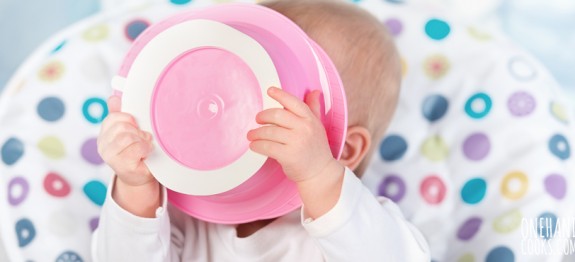The Importance of Eating Posture
The Importance of Eating Posture
When it comes to fussy eating and food refusal the reasons are many and varied. Something so simple can be so easily missed when it comes to fussy eating, including the way your child is sitting in their highchair or at the table. Good positioning and posture is an essential element in feeding, especially in young children. It is particularly important from a safety perspective. An ideal sitting position encourages good body and head alignment directing food from the mouth into the oesophagus and away from the airway, preventing choking.
Poor positioning while eating can result in your child feeling tired during a mealtime, feeling discomfort or pain while sitting in their seat or high chair, developing poor eating skills and experience an increased risk of aspiration (food or fluid going down the airway instead of the oesophagus). If children experience pain or discomfort during mealtimes they may develop negative associations and begin to display fussy eating behaviour at mealtimes.
Instead, ensuring proper positioning from the moment your children start solids will be valuable in helping them to develop positive food associations and learning appropriate eating and mealtime behaviours.
TOP 10 REASONS WHY EATING POSTURE IS IMPORTANT
- Ensures stability of the torso to support the head and allow proper breathing
- Improved head control allows better jaw stability leading to tongue control and lip stability
- Provides security and comfort
- Encourages improved concentration on the task of eating
- Allows for better hand to mouth co-ordination
- Prevents aspiration of food and fluid into the airways
- Improves digestion
- Limits fatigue
- Encourages communication and enjoyment at mealtimes
- Encourages acceptance and trial of new foods.
GUIDELINES FOR CORRECT EATING POSITION
- Ideal sitting position for eating requires the hips, knees and feet to be at 90° with weight evenly distributed
- The chair seat and your child’s back should be at 90° to support and maintain an upright position
- Choose a highchair with a foot rest or position one under the table to support the 90° positioning of the hips, knees and ankles
- Feet should be sitting comfortably apart, resting on the floor or footrest
- Use towels, cushions, and wedges to help support good posture and eating position
- Seat belts can help to stabilize the pelvis encouraging symmetry and stability (ensure seat belts don’t interfere with their breathing or sit across their abdomen)
- Provide a solid table surface, ideally positioned between the child’s belly button and breast level.
We like chairs such as the Stokke Tripp Trapp High Chair, Whiteas these are specially designed for good eating posture from babies up to pre-schoolers.
This article was first featured in our Winter Warmer issue of our Magazine. To find out more about our popular magazines or to purchase online see the links below:
Spring 2014 – on sale August 7th
Join us on Facebook for other foodie bits and pieces.



























